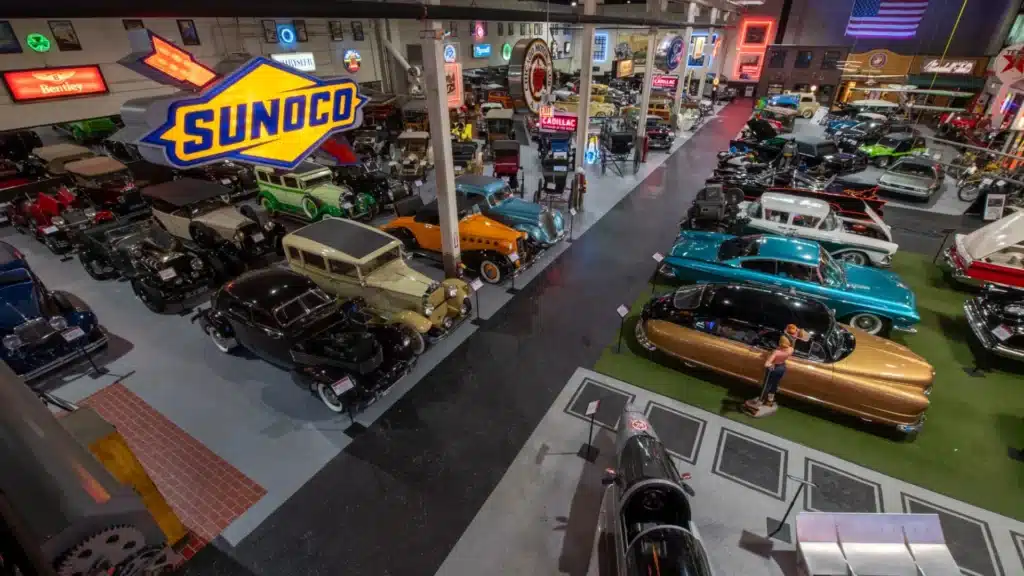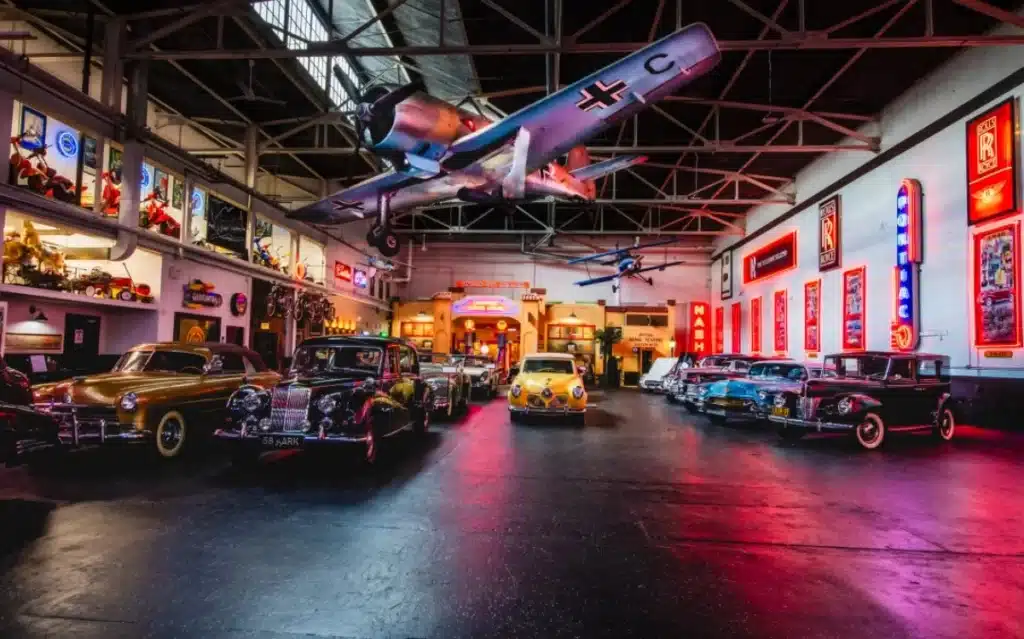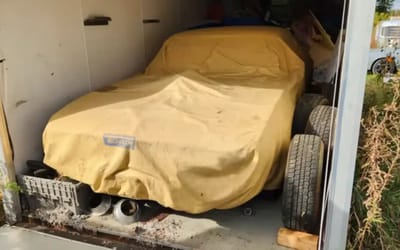Sad end for one of America's greatest car collections but it does mean all 290 cars now available
Published on Aug 10, 2025 at 10:07 PM (UTC+4)
by Alessandro Renesis
Last updated on Aug 07, 2025 at 2:09 PM (UTC+4)
Edited by
Emma Matthews
The Klairmont Kollections in Chicago, one of America’s greatest car collections, will shut down in a few weeks.
That’s sad, but the good news is that it’s 290 cars are now available to buy.
Most of the autos, as you can imagine, are quite rare and valuable.
And there’s one that we’re sure you’ve never seen before.
DISCOVER SBX CARS: The global premium car auction platform powered by Supercar Blondie
One of America’s greatest car collections
Klairmont Kollections is certainly one of America’s greatest and most diverse car collections.
But all 290 autos from the Klairmont Kollections in Chicago are set to be auctioned off as part of a Mecum Auctions event in late September.
The collection features a long list of muscle cars, including a unique Dodge Turbo Charger concept.
The collection also features the only existing 1962 Vortex X2000 concept car, an unusual – and amusing – concept car with three wheels based on a Lincoln and powered by a V8.
No one knows for sure why the museum is closing down, but the silver lining is that these 290 incredible cars will certainly find a new home soon.

The world’s largest car collections
Interestingly, the world’s most impressive car collections generally belong to individuals, like Jay Leno.
Then you’ve got individuals who aren’t really individuals.
The Sultan of Brunei, for example, has an incredible car collection, but it would be a bit of a stretch to call a head of state just ‘an individual’.
The same thing applies to the Rainbow Sheikh’s collection.

His vehicles live in what you’d call a state museum, and the Sheikh is an Abu Dhabi royal, so we’ll leave it up to you to decide whether that counts as an ‘individual’.
Then there’s the Tiriac collection, which has two things in common with the Klairmont Kollections.
Both collections started out as private collections, and both ended up becoming ‘national’ museums.




